Book Dust Jackets
 Aug 14,2024
Aug 14,2024

 SESE
SESE
Book Dust Jackets
1. What is A Dust Jacket on A Book?
A dust jacket, also known as a book jacket, dust wrapper, or dust cover, is a detachable outer cover, typically made of paper, designed to protect a book's binding. It wraps around the book and features flaps that fold inside the front and back covers. Dust jackets usually contain printed text and illustrations related to the book, serving both protective and promotional purposes.
2. The History of Dust Jacket
The dust jacket's history dates back to the early 19th century. Initially, they were plain paper wrappers used to protect books from damage during transport. By the mid-19th century, publishers began to realize the potential for dust jackets to serve as marketing tools. Decorative designs and printed information about the book and its author started to appear. Over time, dust jackets became an integral part of a book's presentation and marketing strategy, often reflecting the book's content and the publisher's brand.
3. Why is There A Dust Jacket?
The primary purpose of a dust jacket is to protect the book from dust, dirt, and damage. Beyond its protective role, a dust jacket also serves as a marketing tool, providing potential readers with information about the book, the author, and critical reviews. It enhances the book's aesthetic appeal and can entice readers to pick it up. Dust jackets often feature eye-catching designs and artwork that align with the book's theme, making them an important aspect of a book's overall presentation.
4. Why Book Collectors like Dust Jacket?
Book collectors highly value dust jackets because they add to a book's aesthetic and monetary value. A well-preserved dust jacket can significantly increase the worth of a book. Collectors appreciate the original artwork and information that dust jackets provide. For first editions and rare books, the presence of an intact dust jacket is often a key factor in determining the book's desirability and price. Collectors view dust jackets as essential components that complete the book, much like original packaging enhances the value of collectible items.
5. The Advantage of Dust Jacket
Protection: They shield the book's cover from dust, dirt, and physical damage.
Aesthetics: They enhance the book's visual appeal with attractive designs and artwork.
Information: Dust jackets provide readers with valuable information about the book, including summaries, author biographies, and critical reviews.
Collectibility: For collectors, dust jackets can significantly increase a book's value and appeal.
Marketing: They serve as an effective marketing tool, attracting potential readers with compelling designs and promotional content.
6. Which Types of Books are Good for Dust Jacket?
Dust jackets are suitable for various types of books, including:
Hardcover Novels: They protect and add visual appeal to fiction books.
Non-fiction Books: They provide additional information and context about the book's subject.
Children's Books: They attract young readers with colorful and engaging designs.
Coffee Table Books: They enhance the book's aesthetic and provide a preview of the content.
Collector's Editions: They add value and prestige to special editions and limited prints.
|
|
|
|
|
|
Hardcover Novels |
Non-fiction Books |
Children's Books |
Coffee Table Books |
Collector's Editions |
7. How to Set Up Dust Jacket?
Setting up a dust jacket requires careful attention to detail and precision. Here are the general steps to follow:
Measure the dimensions of the book cover accurately, accounting for the spine width.
Design the artwork and layout of the dust jacket, including the title, author’s name, and any additional information or images.
Print the dust jacket on high-quality paper or cloth, ensuring that the colors and images are vibrant and captivating.
Trim the dust jacket according to the book’s dimensions, leaving extra space for the flaps that will fold into the book’s cover.
Attach the dust jacket to the book by gently sliding the flaps into the front and back covers, ensuring a snug and secure fit.
From finsihed interior book size :
Add 6mm to the front and back cover height
Add 7mm to the front and back cover width
Add flap sizes to each side, we usually recommend 100mm
Add 3mm bleed to each side
Add your book spine width, depend on your book spine width
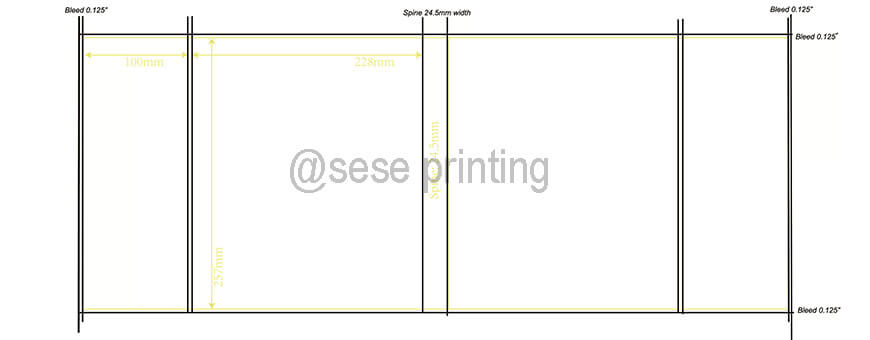
8. The Common Material of Dust Jacket
Paper: Coated or uncoated paper is commonly used for its printability and cost-effectiveness.
Laminated Paper: Provides added durability and resistance to wear and tear, making it a popular choice for long-lasting protection.
Textured Paper: Adds a tactile element and can enhance the visual appeal with various patterns and finishes.
Plastic: Used for added protection and durability, especially for children's books, where extra resilience is needed.
Soft-Touch Matte: Offers a luxurious, velvety feel and reduces glare, providing a sophisticated and elegant finish that enhances the overall tactile experience of the book.
Common paper and weight for dust jacket
-
128gsm/47 lb coated cover paper
-
157gsm/58 lb coated cover paper
-
200gsm/74 lb coated cover paper
9. The Common Special Options of Dust Jacket
Special options for dust jackets can enhance their appearance and functionality:
Gloss or Matte Lamination: Provides a protective coating and a polished finish.
Embossing: Adds a raised texture to specific elements like the title or author's name.
Foil Stamping: Applies metallic foil to create eye-catching accents.
Spot UV Coating: Highlights specific areas with a glossy, raised finish.
Die-Cutting: Creates unique shapes or cut-outs in the dust jacket.
|
|
|
|
|
Gloss Lamination |
Matte Lamination |
Foil Stamping |
Spot UV Coating |





 Home
Home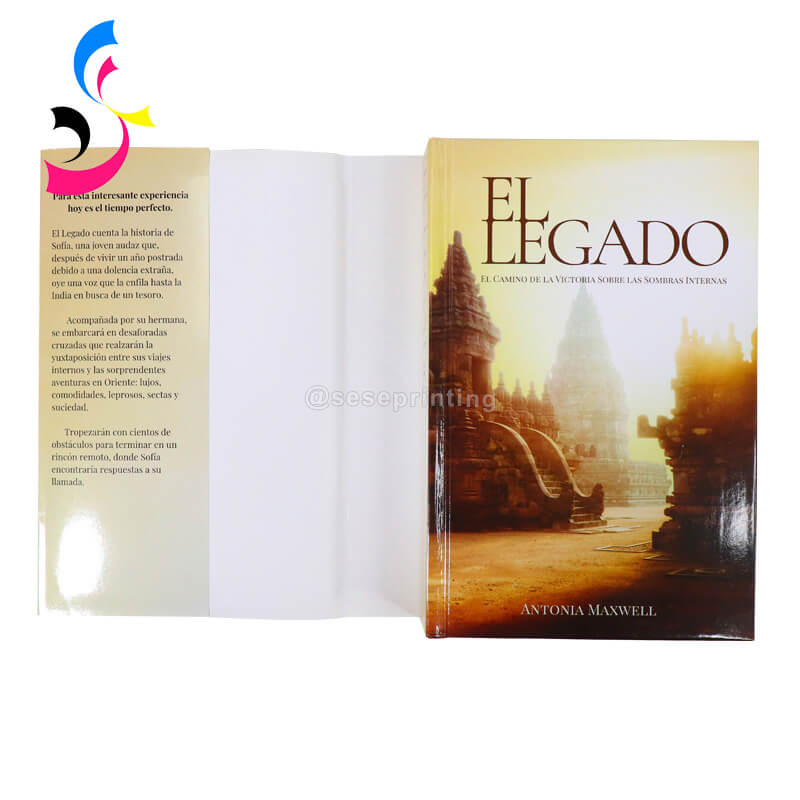
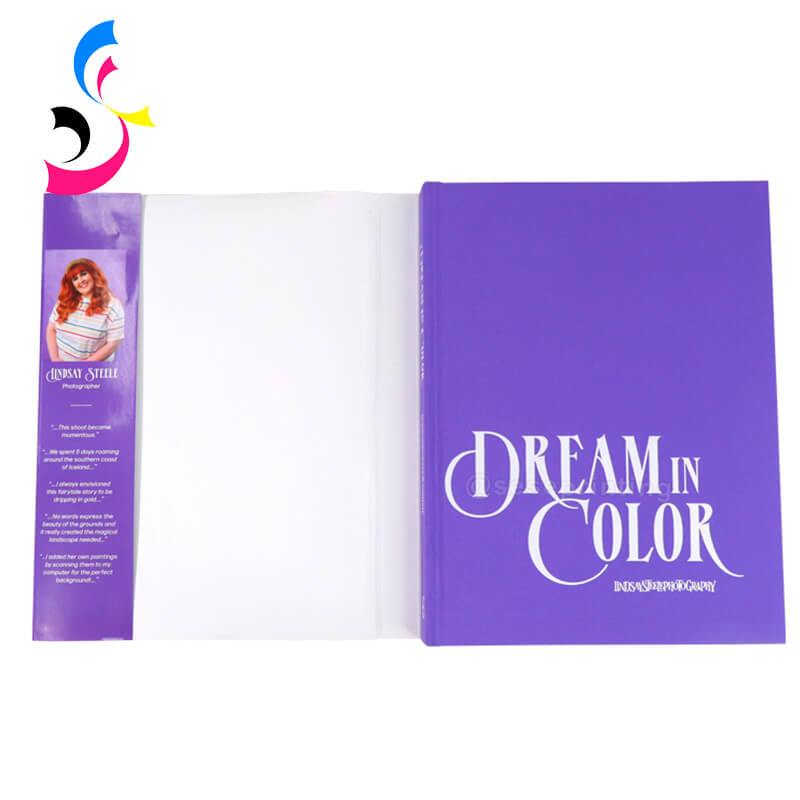
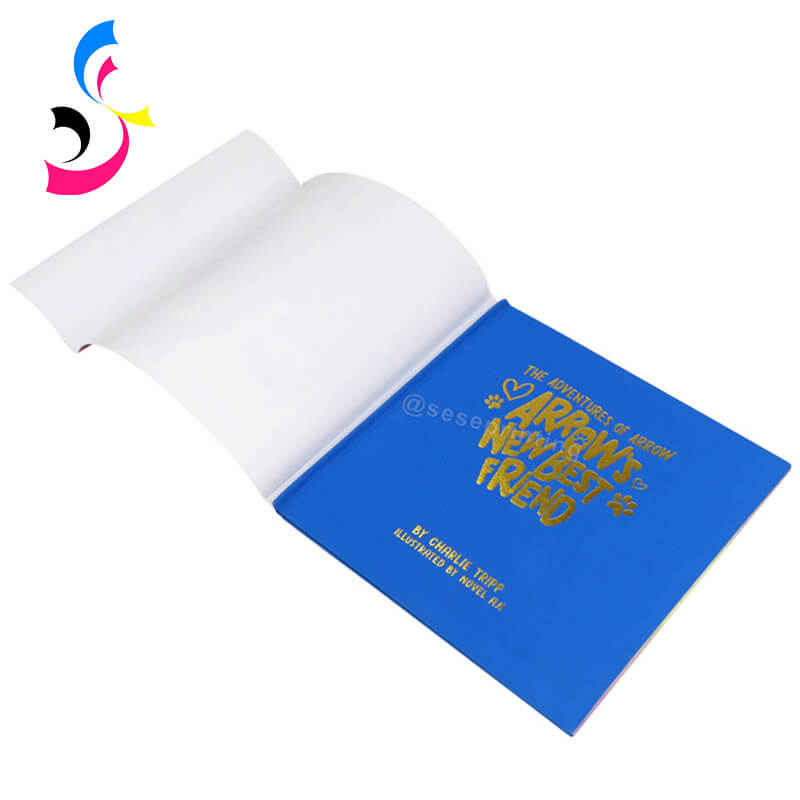
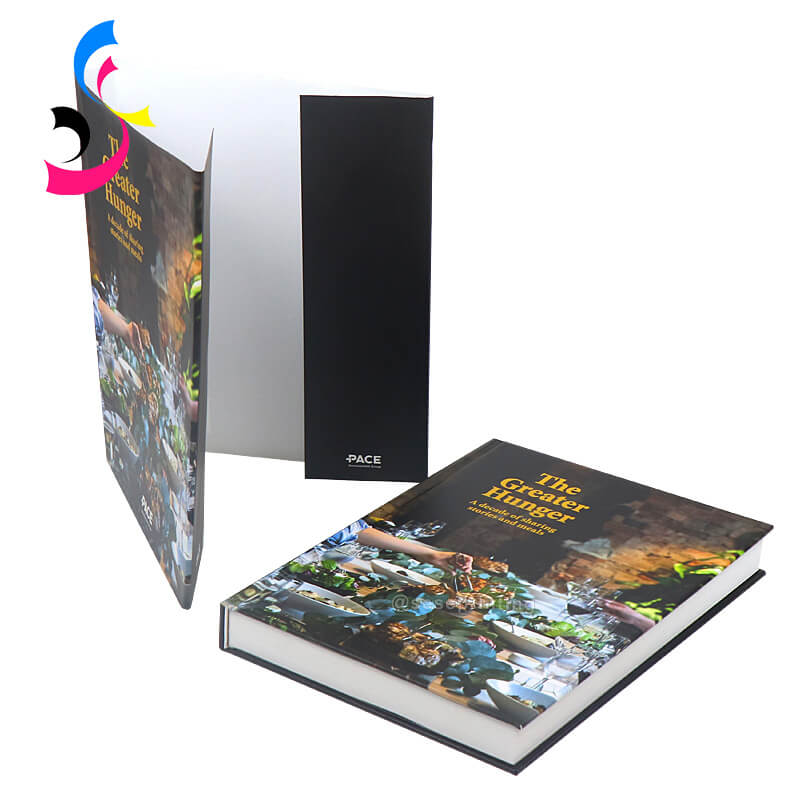
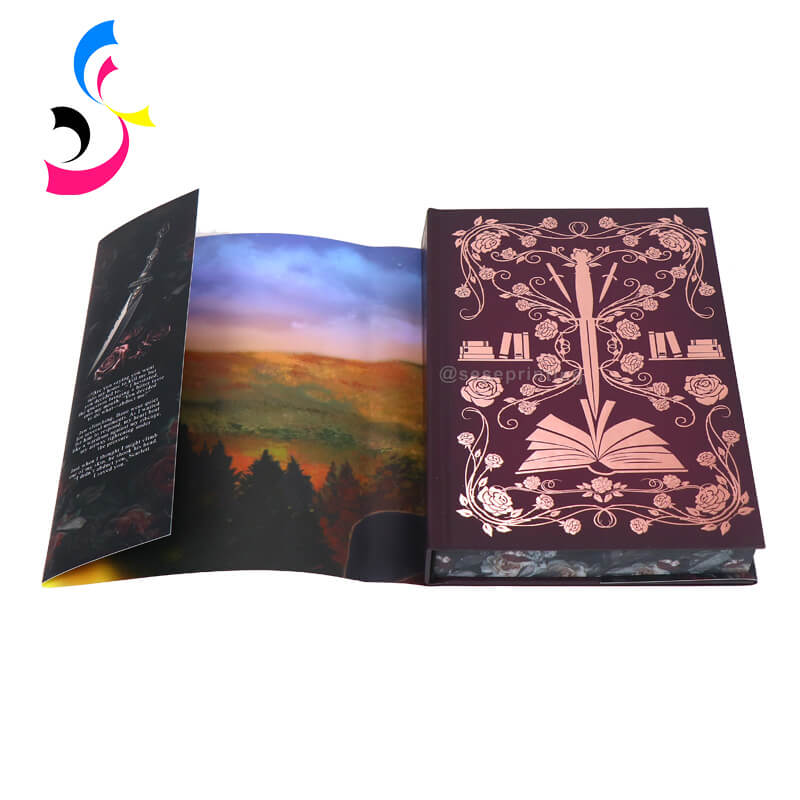
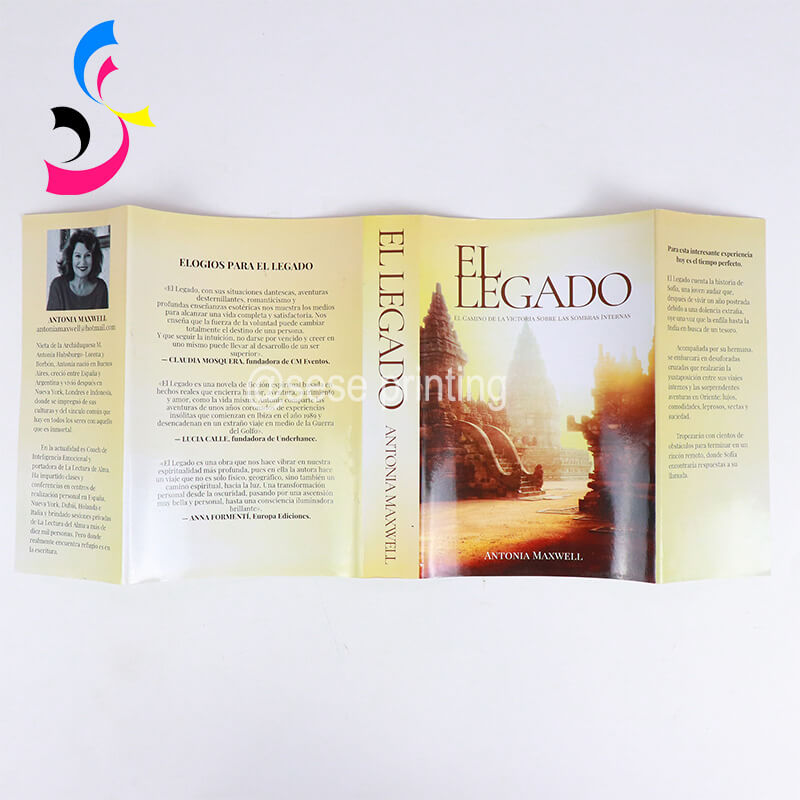
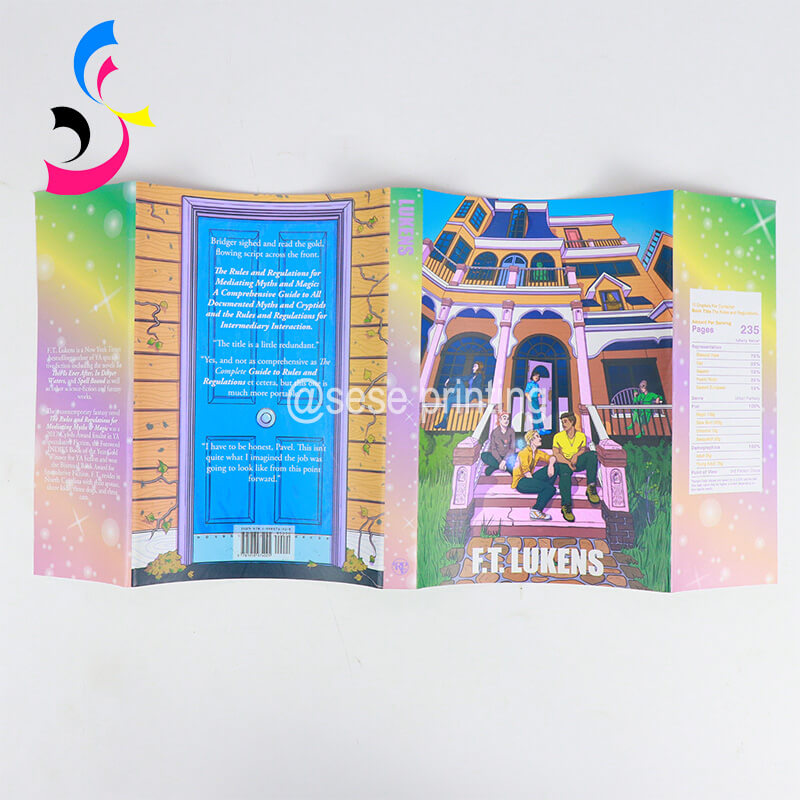
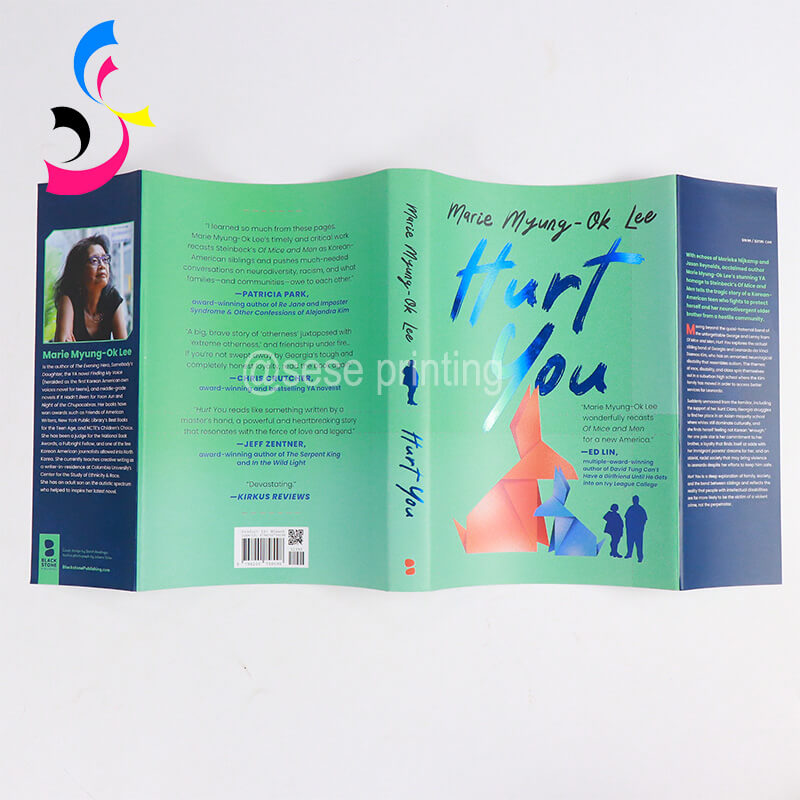
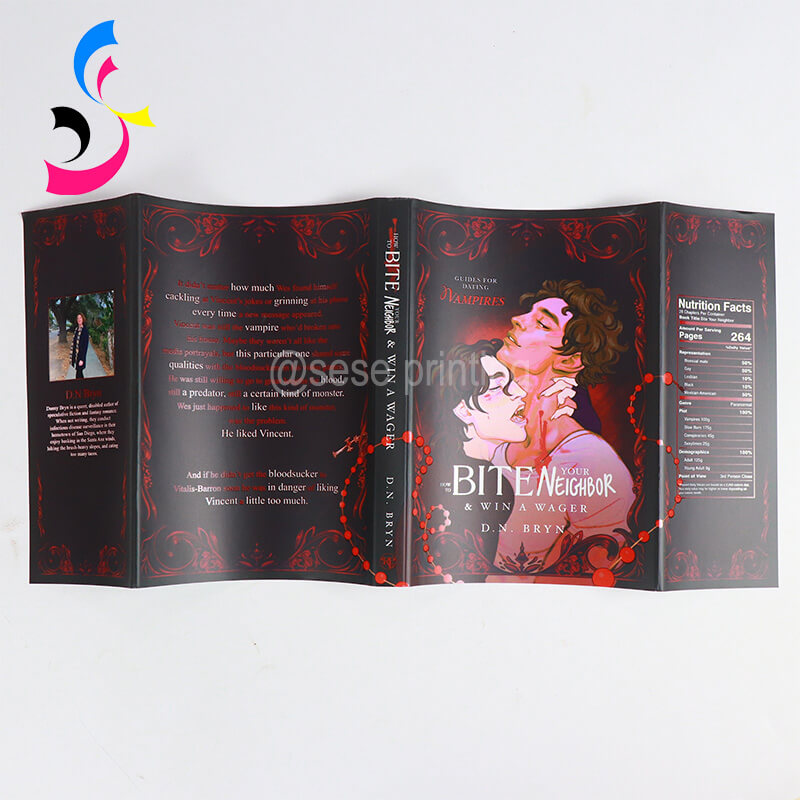
 Endpaper Printing: An Essential Element of Bookbinding
Endpaper Printing: An Essential Element of Bookbinding  You May Also Like
You May Also Like
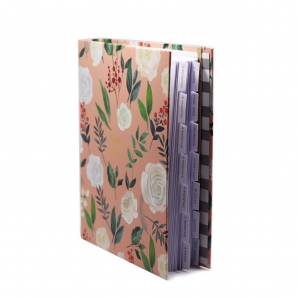

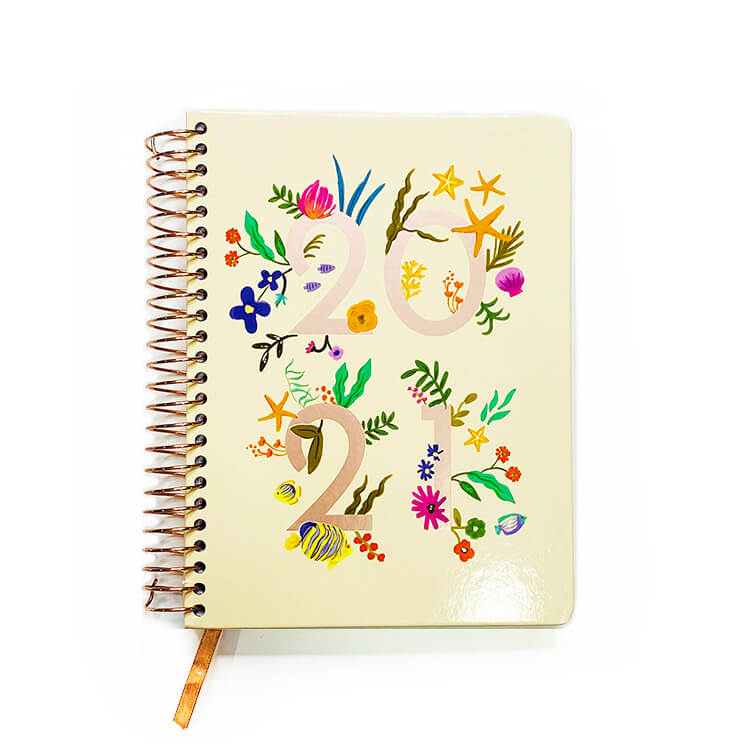

 Tel
Tel
 Email
Email
 Address
Address







